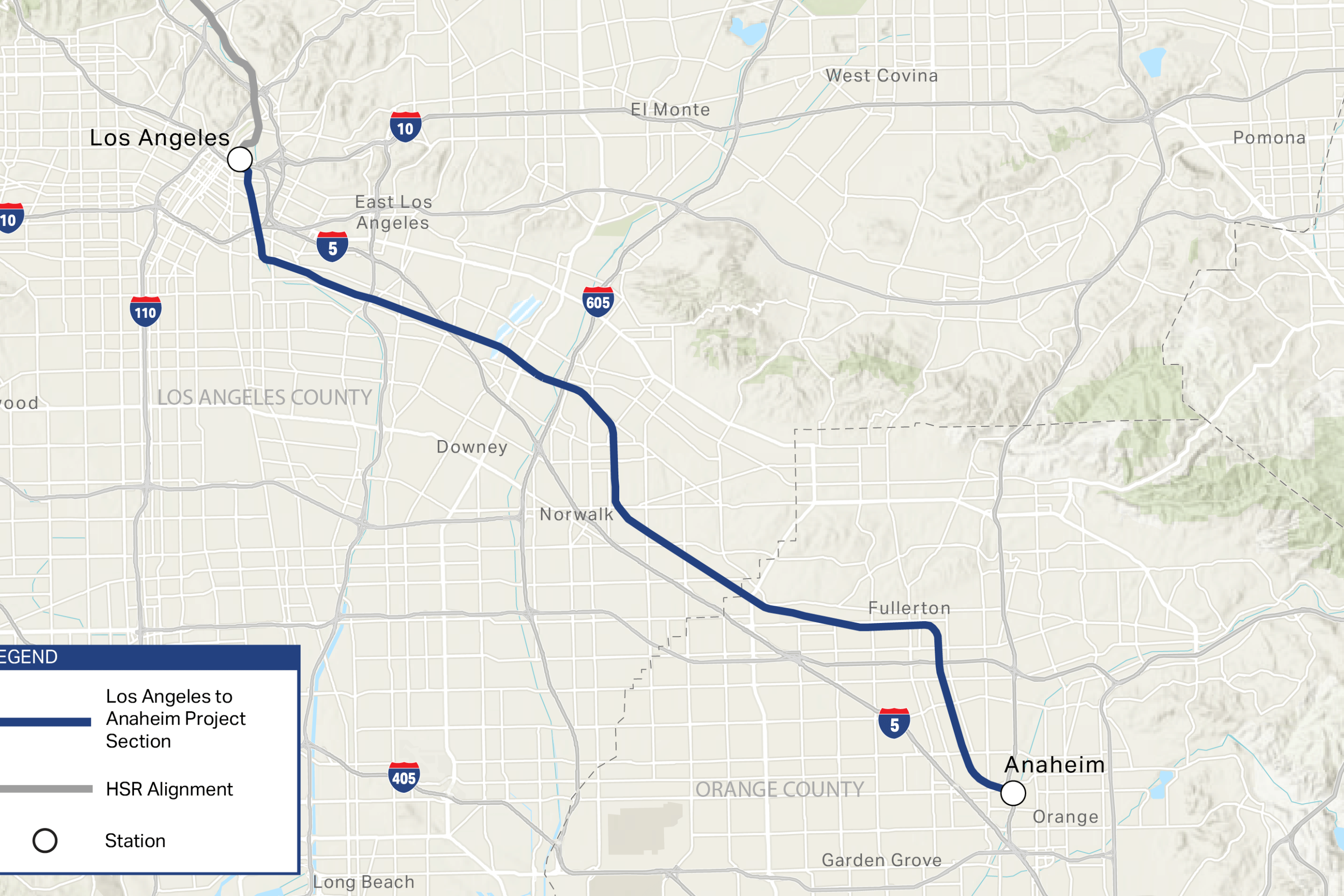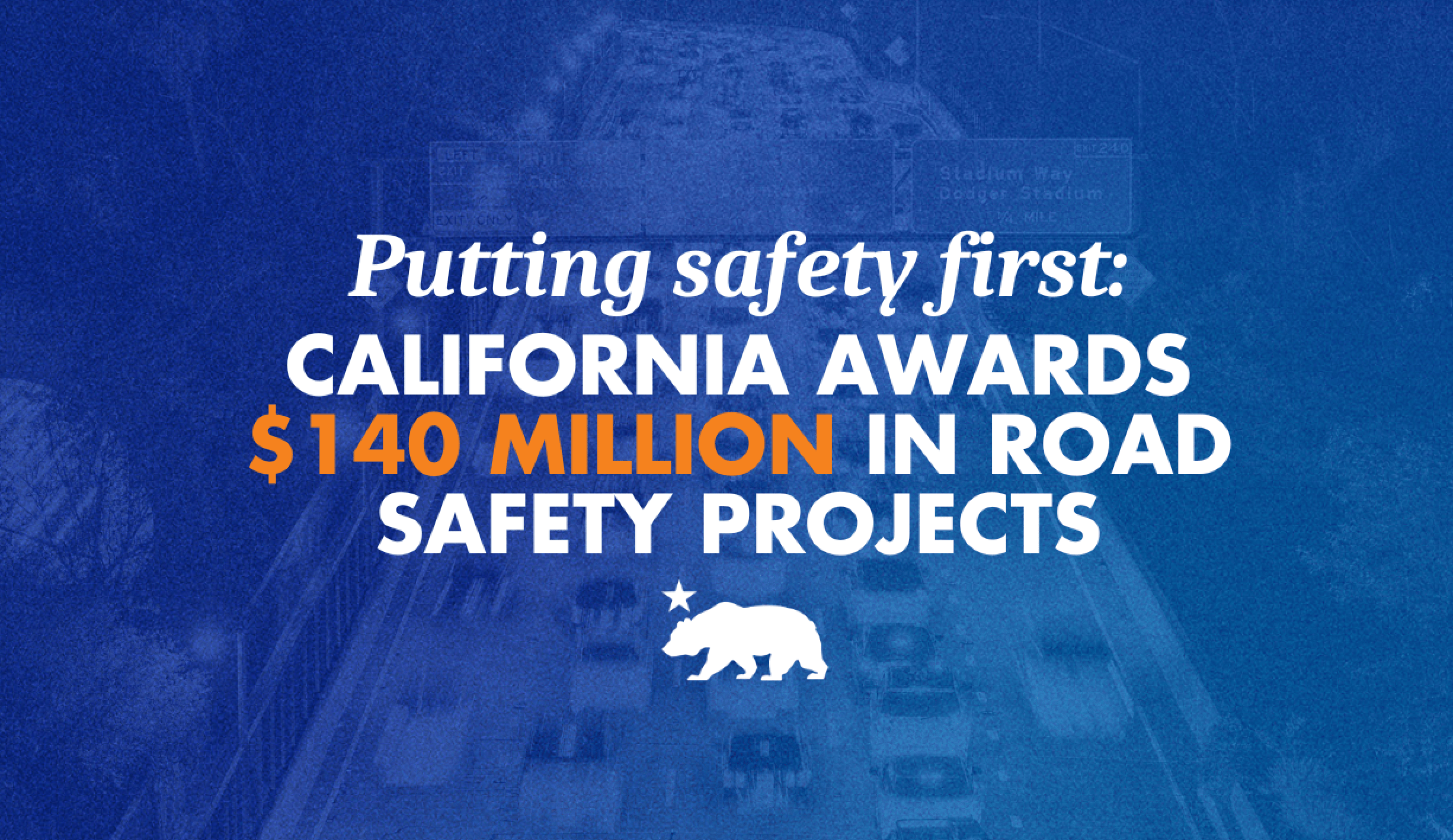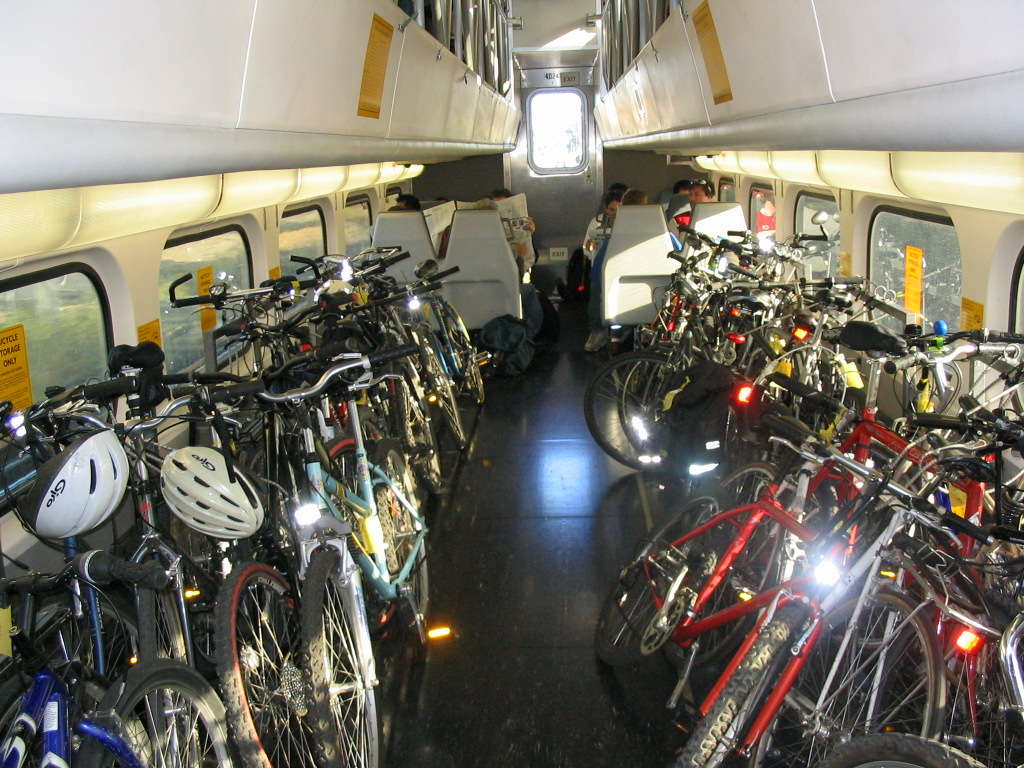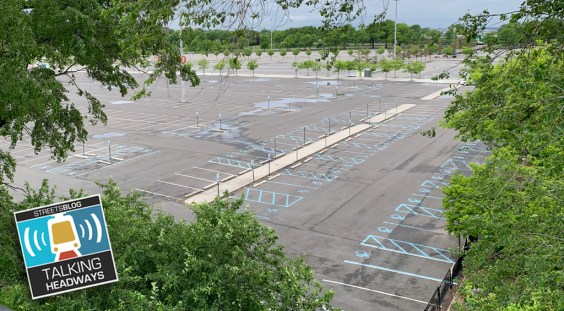Streets Are for Everyone (SAFE) held a press event outside California’s Capitol building earlier this week to urge Governor Gavin Newsom to sign Senate Bill 720, legislation that would modernize state regulations governing red light camera programs.
While SAFE came armed with a battery of statistics to make its case, it was the visual of 195 empty seats, each adorned with a yellow rose, that spoke the loudest. Each seat represented one of the lives lost in California in 2023 when a driver ran a red light and caused a crash.
“Every number in these statistics represents a life, a family, a story cut short,” said Damian Kevitt, Executive Director of SAFE. “These are not accidents. They are preventable tragedies.”
SB 720 is one of several pieces of transportation related bills awaiting the governor's verdict. Newsom has until October 12 to sign or veto legislation passed in the last days of the legislature. Californians interested in joining SAFE to urge the governor to act can click here to fill out an action alert.
@streetsblogcal SAFE Urges the Governor to sign legislation for create safe intersections. Earlier this week, Streets Are For Everyone, or just SAFE, held a press event in Sacramento urging the Governor to sign Senate Bill 720, which modernizes the state’s regulations for red light camera programs. Usually in these videos, we try to cram as much information into sixty seconds as we can, but this time we’re just going to show you pictures of the 195 chairs and yellow roses set up by SAFE, one each for a person who lost their life in California in 2023 due to drivers ignoring a red light. For more on SB 720 visit Streets Are For Everyone.org or Streetsblog California at ca.streetsblog.org #streetsblogcalifornia #StreetsAreForEveryone
♬ original sound - Streetsblog California - Streetsblog California
What Would SB 720 Do?
SB 720 would update the way California manages red light camera programs at municipalities across the state. Since red light cameras were first allowed in 1995, state regulations have remained largely unchanged—meaning lawmakers can now draw on best practices from other states.
Key changes proposed by the bill include:
- Civil Penalties: Replace criminal violations with a $100 civil penalty for red light violations, designed to reduce costs for drivers, including insurance impacts.
- Revenue Allocation: Require that program revenues be reinvested in the community to fund traffic-calming measures such as bike lanes, raised crosswalks, and curb extensions.
- Administrative Hearings: Shift hearings from the court system to local governments to reduce court burdens and costs for intdividuals.
- Privacy Protections: Ensure that photographic and administrative records remain confidential, available only to alleged violators and government agencies for enforcement.
SAFE argues these reforms would expand the number of municipalities willing to adopt red light camera programs. Studies show that well-designed programs reduce fatal crashes by more than 20% and have saved thousands of lives nationwide. Conversely, when politicians dismantle these programs under pressure from scofflaw drivers, crashes and fatalities can spike by as much as 30%.
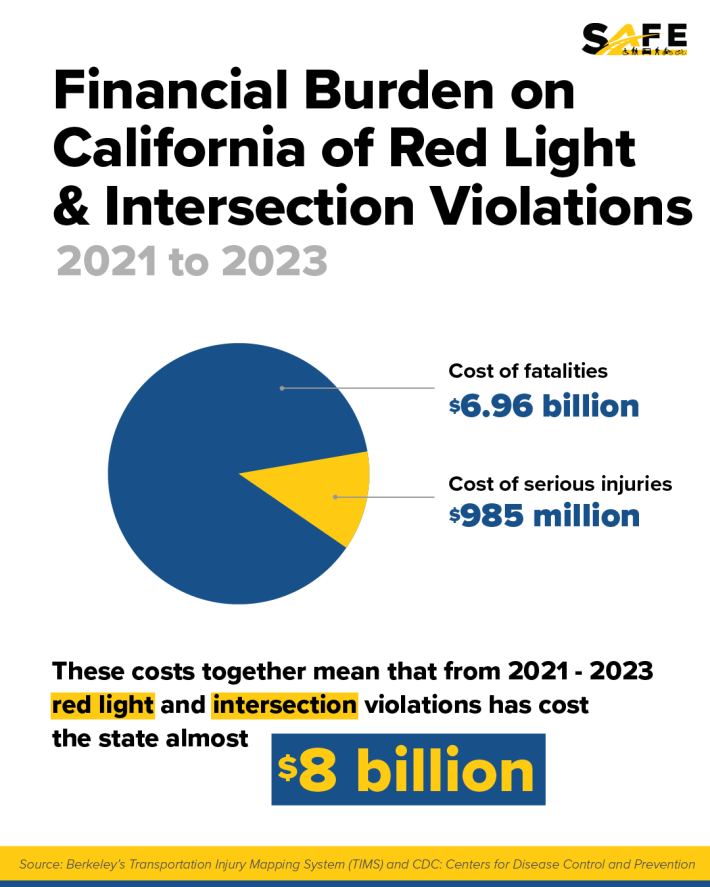
The Hidden Cost of Red Light Running
At Monday’s press event, SAFE also promoted their recently released report, The Hidden Cost of Red Light Running, a new report detailing not only the safety concerns but also the financial toll of red light violations.
Using the Centers for Disease Control and Prevention’s WISQARS Cost of Injury Calculator, SAFE estimated the cost to Californians over just three years (2021–2023):
- $985 million from severe injuries, nearly a third of which were medical costs.
- $6.96 billion from fatalities.
- $7.9 billion total, draining resources that could otherwise support schools, hospitals, and communities.
For more on SB 720, visit the Streetsblog California archive or Streets Are for Everyone.

